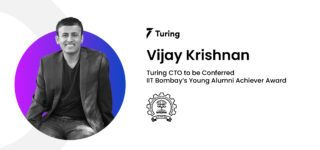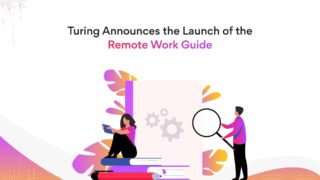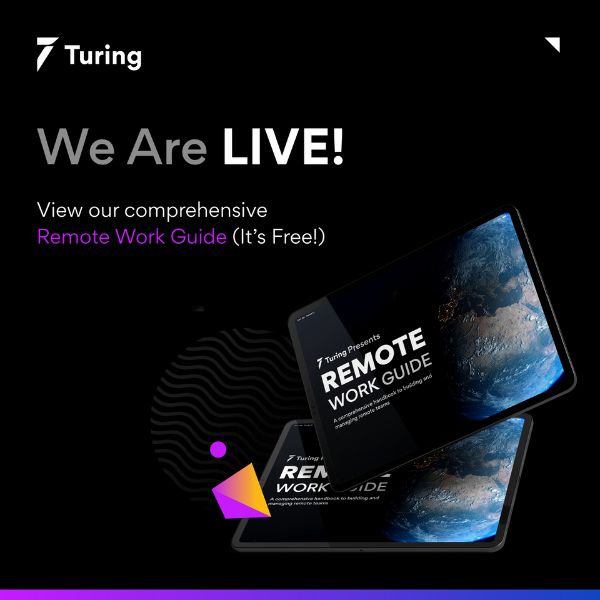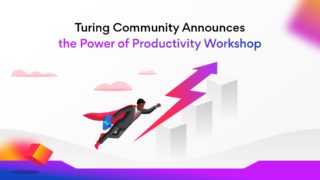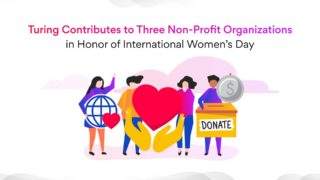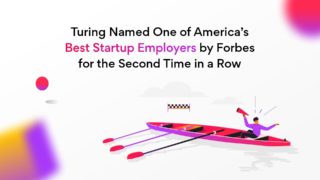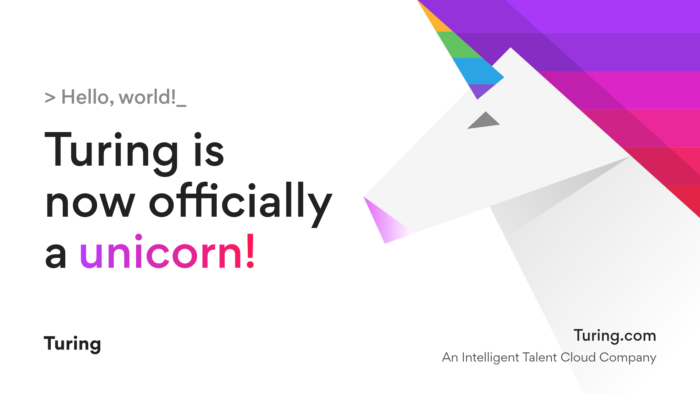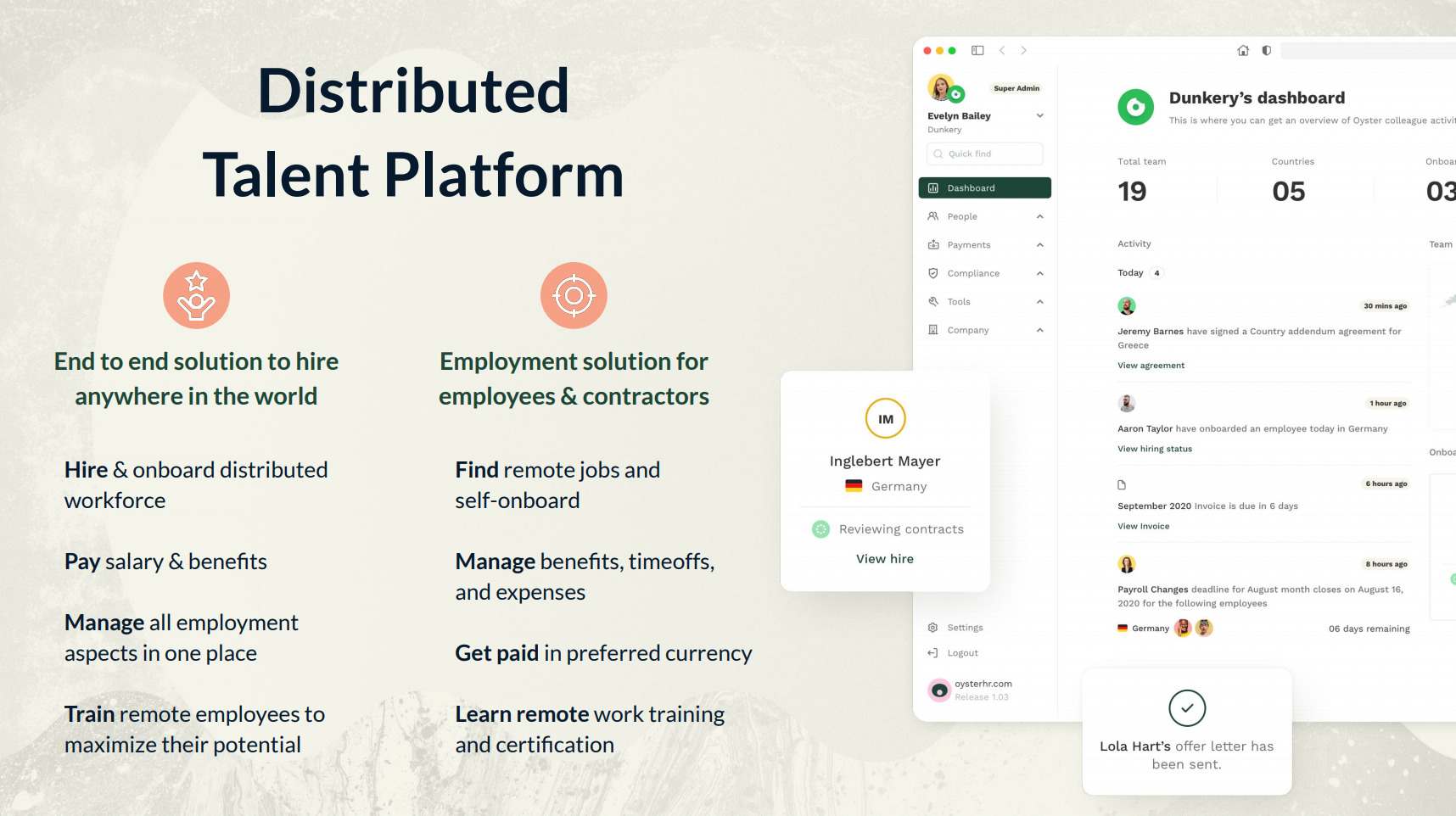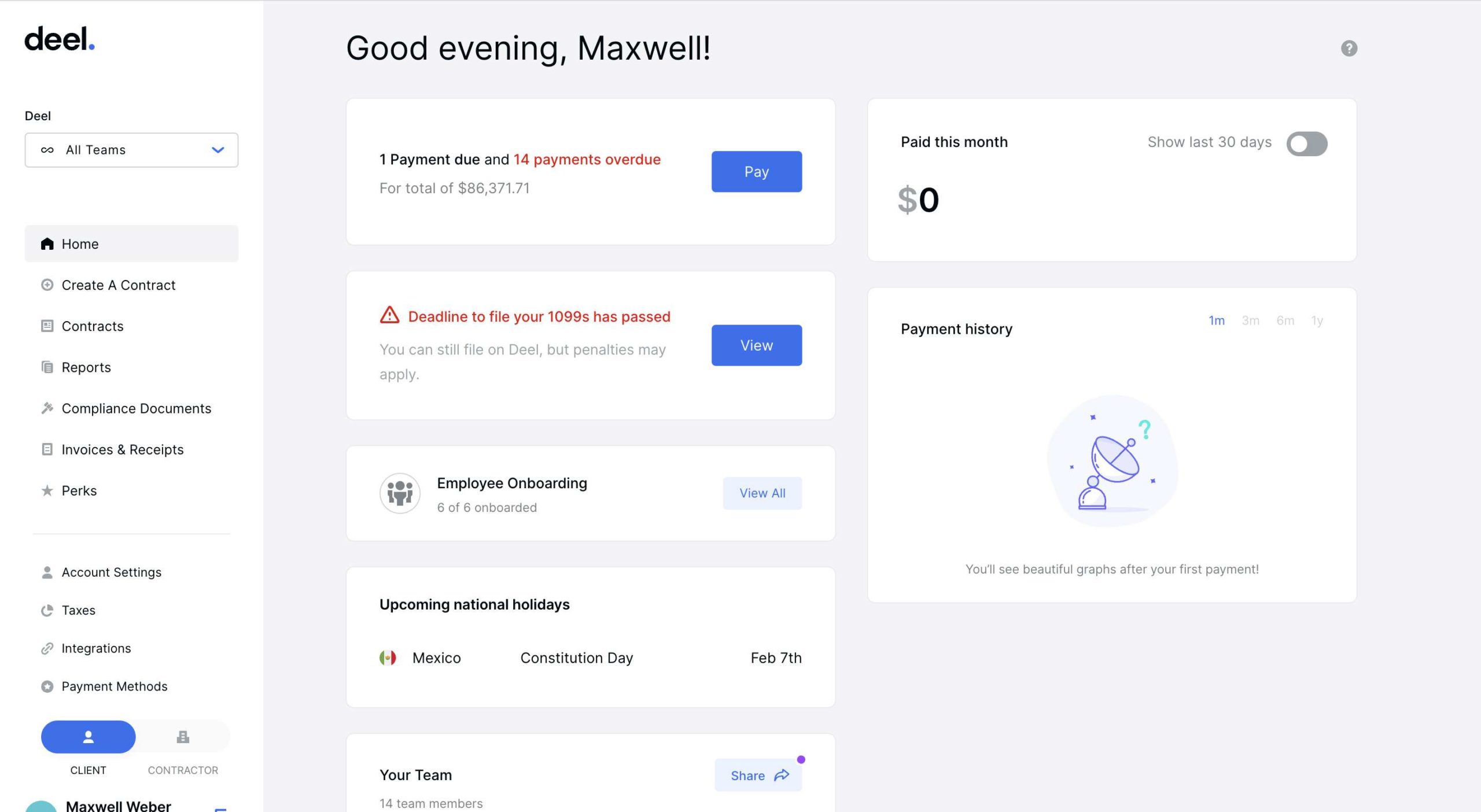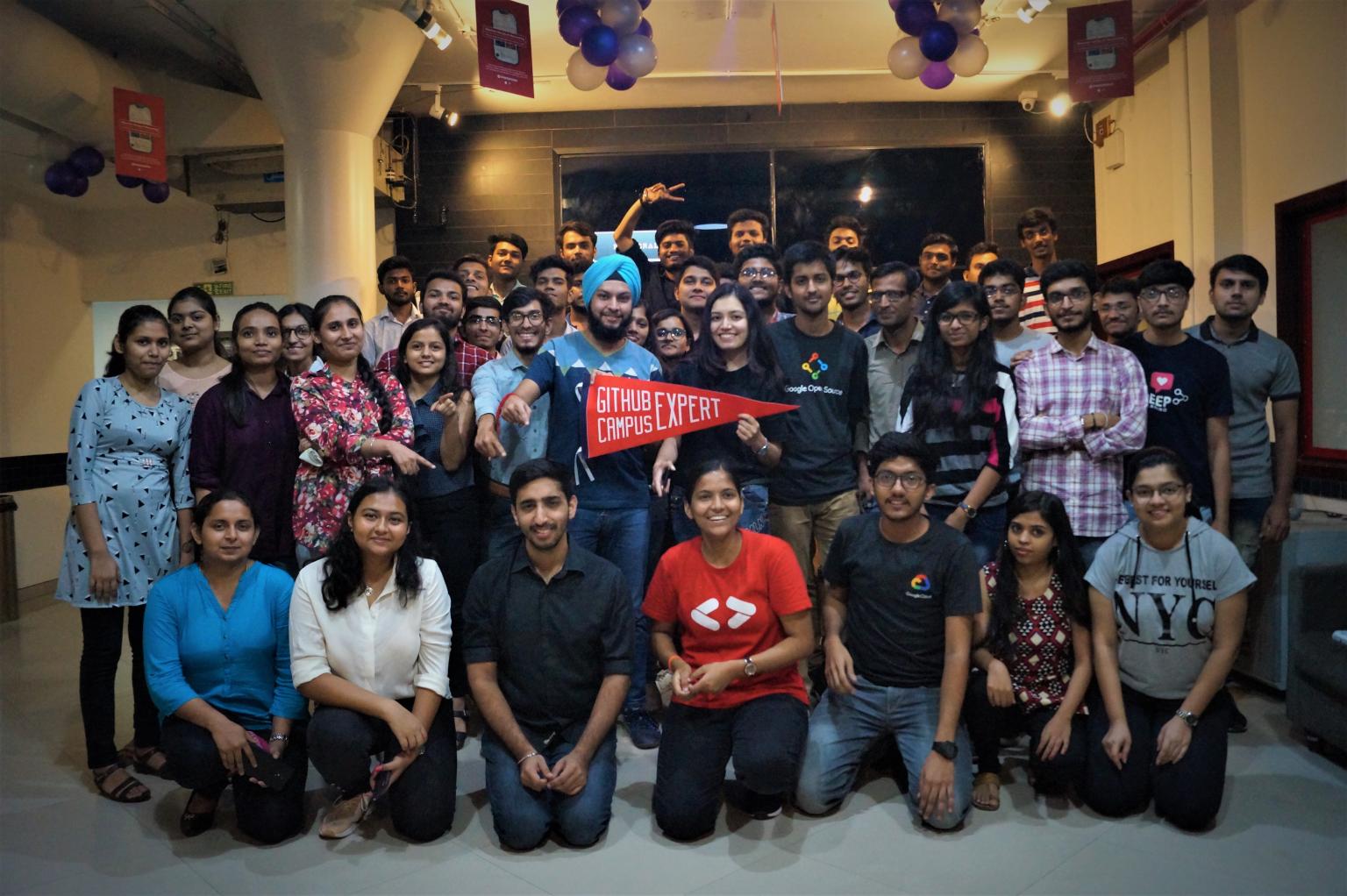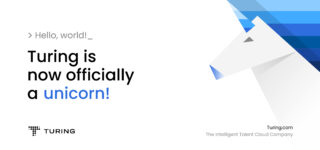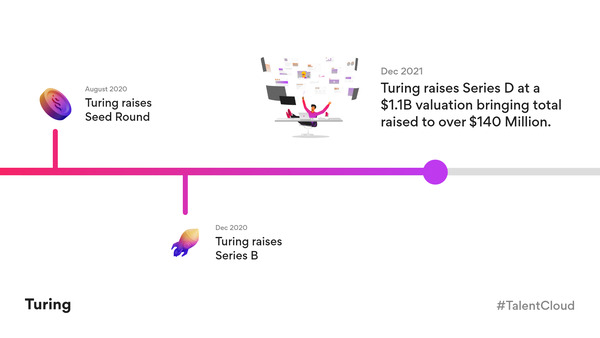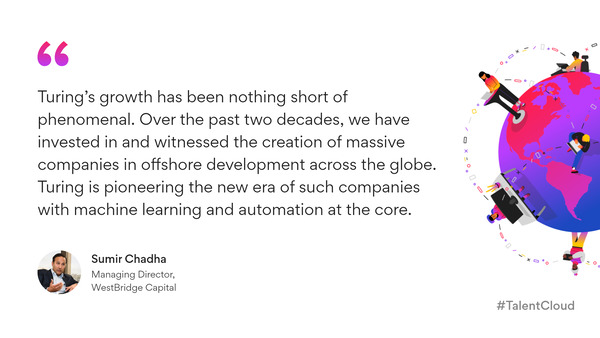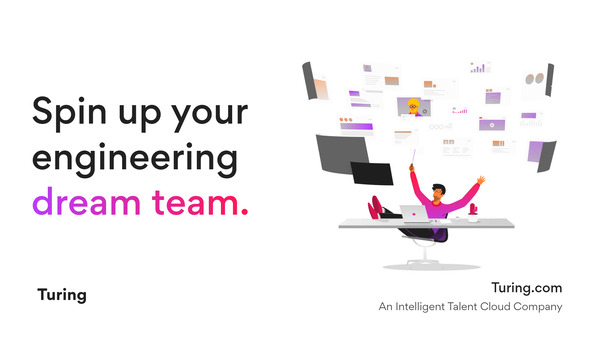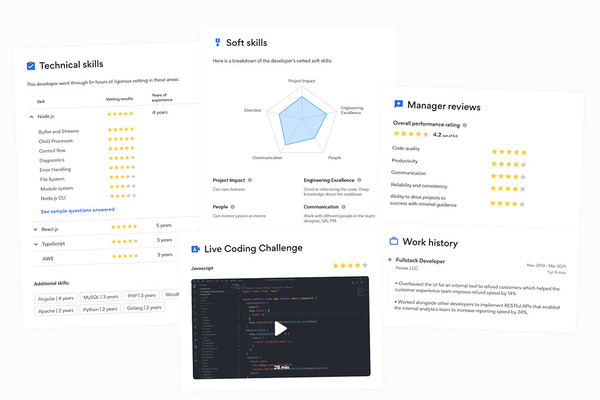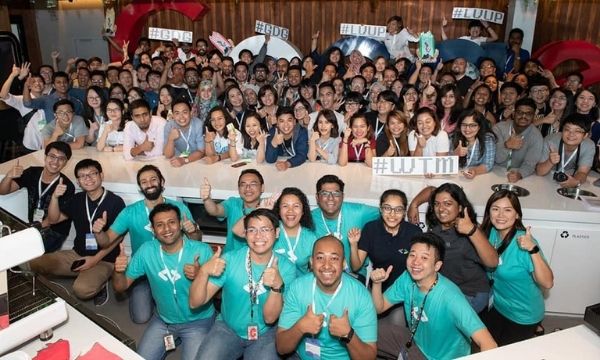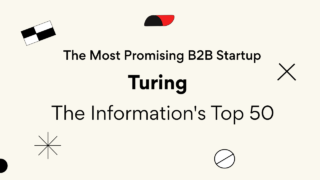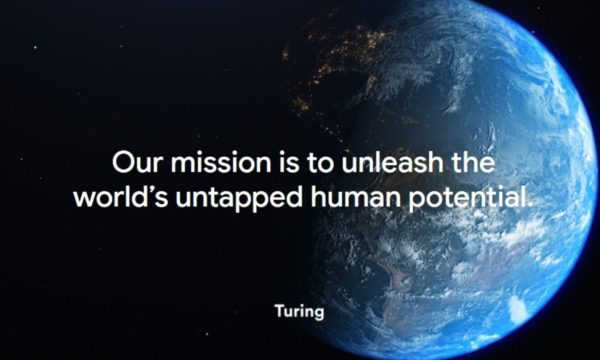
Transfer Learning in Generative AI: A Quick Guide for Developers
In the world of artificial intelligence, transfer learning has taken center stage to transform how our machines learn and grow. It’s like imparting onto them the ability to learn from experience in one task and then use that knowledge to shine in a different but related challenge.
In the vast landscape of generative AI, transfer learning emerges as our stalwart companion—constantly learning, refining, and evolving. Come along as we dive into the details of transfer learning, exploring its role in shaping the future of artificial intelligence.
What is transfer learning in AI?
Transfer learning refers to any situation when knowledge from one task or domain is transferred to another. For machine learning and AI, it refers to pretraining a model on one task and then reusing it for another task.
Transfer learning allows for faster convergence in the training process—because the model has already learned general features from a diverse dataset, it requires fewer iterations to adapt to the specifics of a new task. This acceleration is particularly useful for AI developers working on projects with time constraints, aiding in quicker implementation and iteration cycles.
Some transfer learning techniques are as follows:
- Fine-tuning involves adjusting the pretrained model weights for a new generative task.
- Feature extraction uses relevant features learned in pretraining for a new task.
- Domain adaptation adjusts the model for differences between source and target datasets.
- Pretraining and fine-tuning train the model on a general task, then fine-tune it for a specific generative task.
- Progressive neural networks train new layers on a pretrained network for task adaptation.
- Knowledge distillation transfers knowledge from a larger model to a smaller one.
- Multitask learning trains the model on multiple tasks, including the generative task.
- Self-supervised learning pretrains the model with labels generated from data, then fine-tunes it.
- Prompting strategies use specific prompts during pre training for task guidance.
- Meta-learning trains the model to adapt quickly to new tasks with minimal data.
Transfer learning enhances the generalization capabilities of generative AI models.
Models trained on diverse datasets can capture broad patterns and features, making them more adept at handling unseen data. This is especially important in real-world applications where the model must perform well on a variety of inputs.
Let’s have a look at some other benefits:
Benefits of transfer learning in AI
Transfer learning offers numerous advantages for machine learning applications. It effectively reduces training time and resource requirements while enhancing overall performance. Some benefits are as follows:
Accelerates the training process
The adoption of transfer learning accelerates and streamlines the training process for new models. Utilizing a pretrained model as a foundation minimizes the iterations needed during training, leading to faster and more resource-efficient model development.
Performance improvement
Transfer learning can significantly enhance performance on a new task, especially when there is limited available data. This is because the pretrained model has already learned a general representation of the data, which can be used for the new task.
Can prevent overfitting
Overfitting occurs when a model learns the training data too well, including its noise and specific details, to the extent that it performs poorly on new, unseen data. Transfer learning aids in preventing overfitting by offering a broad representation of the data to ensure that the new model is less inclined to memorize the training data.
Versatility
Transfer learning finds utility across various tasks and domains such as image classification, natural language processing, and speech recognition. Its versatility enables its application in diverse fields.
Knowledge transfer
Transfer learning facilitates the transfer of knowledge from one domain to another. In practical terms, a pretrained model can be employed to address a new problem related to the original one, even if the data for the new problem differs.
How transfer learning works in generative AI
- Choose a pretrained model: Select a pretrained generative AI model that suits your task.
- Fine-tune the parameters: Adjust the parameters of the pretrained model to suit your specific task. This can include modifying the learning rate, optimizer, and other hyperparameters to optimize performance.
- Domain-specific data addition: Augment your dataset with domain-specific data to further fine-tune the model for your particular application.
- Evaluate and iterate: Evaluate the model’s performance on your task and iterate as needed. Fine-tuning may require multiple iterations to achieve the desired results.
Real-world applications of transfer learning
Some of the generative AI applications where transfer learning has been found useful are as follows:
- Natural language processing (NLP): Pretrained language models like OpenAI’s GPT-3 have been fine-tuned for specific NLP tasks, such as sentiment analysis, summarization, and question-answering.
- Computer vision: Transfer learning has been instrumental in image classification, object detection, and segmentation tasks. Models like ResNet and VGG16 are often used as pre trained backbones for such applications.
- Creative content generation: Transfer learning enables AI developers to create AI models capable of generating diverse and creative content.
- Speech recognition across languages: Training machines to recognize and comprehend spoken language is a crucial focus in AI research, particularly for individuals managing contact centers.
- Training game engines: Transfer learning proves useful for training a model on one game and, under specific conditions, deploying it in another game.
Conclusion
Transfer learning in generative AI stands as a powerful tool for software developers venturing into the realm of generative AI. By leveraging preexisting knowledge encoded in models, developers can overcome data limitations, expedite training processes, and enhance the adaptability of their models to specific domains.
As generative AI continues to evolve, the role of transfer learning is poised to become an even more integral process that provides developers with the means to unlock new levels of creativity and innovation in their projects.
Join a network of the world's best developers and get long-term remote software jobs with better compensation and career growth.


